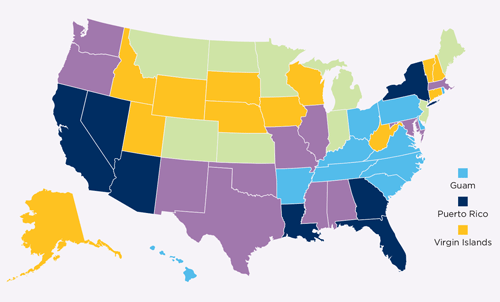Quick Take on the U.S. STI Crisis Released by Georgetown Law’s O’Neill Institute

The sexually transmitted infection (STI) crisis in the U.S. is the topic of a new “Quick Take” recently released by Georgetown Law’s O’Neill Institute for National & Global Health Law. The resource provides a snapshot of the dramatic rise of STIs in the U.S. and the disproportionate burden of STIs by geography and for different populations. Learn moreExit Disclaimer [PDF, 164KB].
Having an STI can make it easier to get HIV. For example, an STI can cause a sore or a break in the skin, which can make it easier for HIV to enter the body. Having HIV and another STI may increase the risk of HIV transmission to partners.
The federal government is developing an STI Federal Action Plan to respond to the STI crisis. You can provide input on the plan by responding to the Request for Information published in the Federal Register by June 3, 2019.